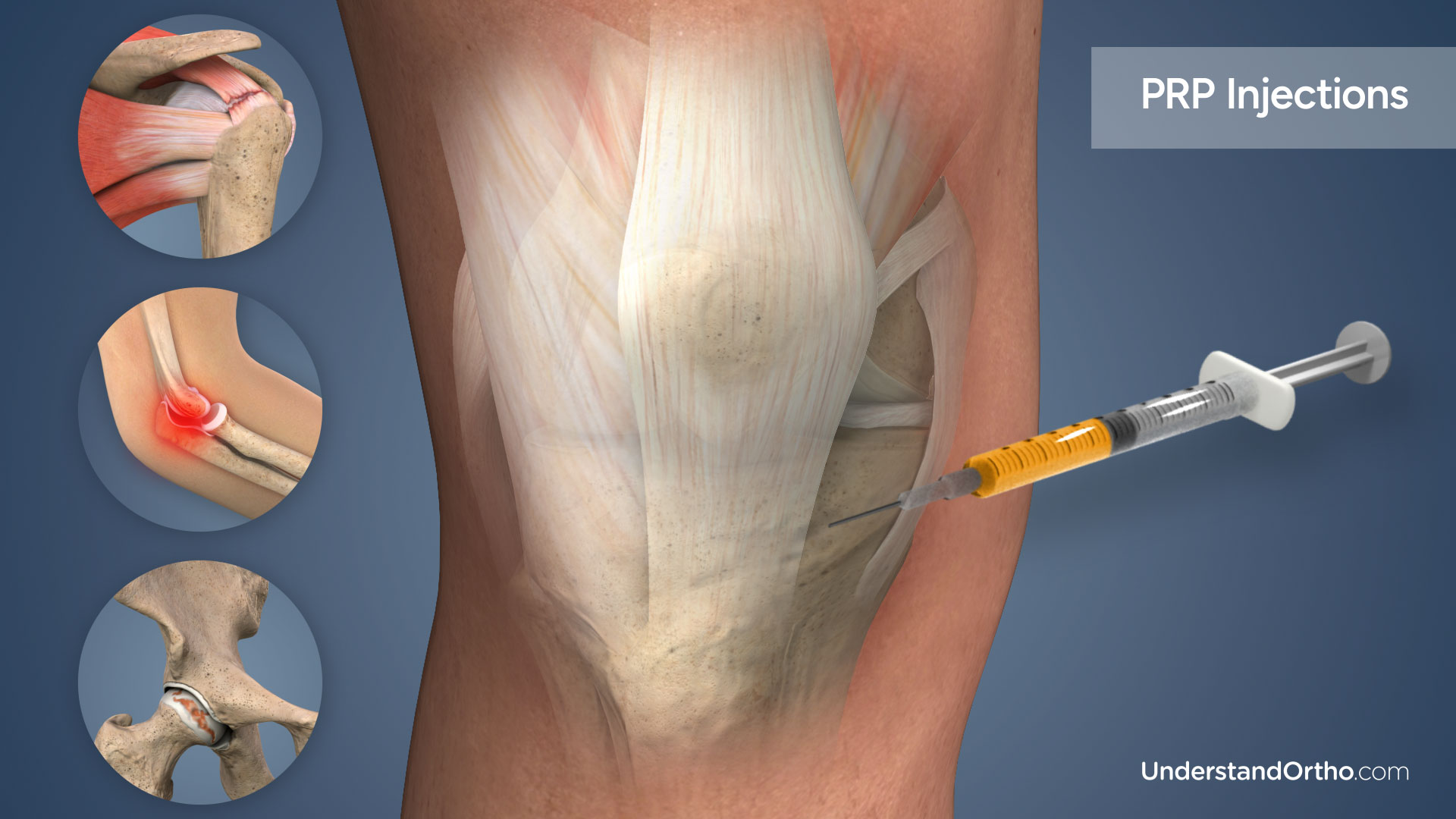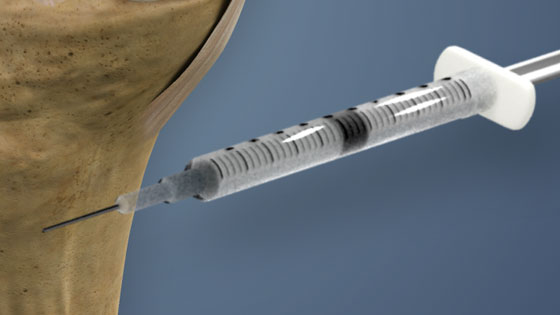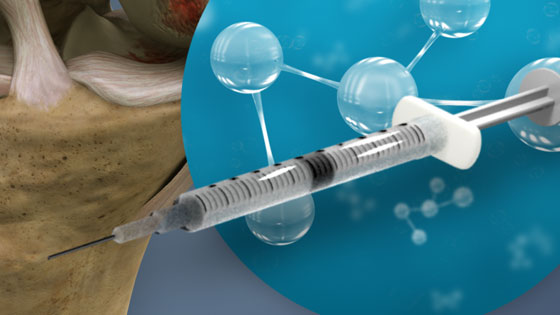What are PRP Injections?
PRP (platelet-rich plasma) injections (also known as PRP therapy) are an orthopedic treatment that utilize a patient’s own platelets in order to accelerate the healing of damaged musculoskeletal tissues.

Key statistics about PRP Injections
- Musculoskeletal injuries are the most common cause of chronic physical pain and disability[1]
- Approximately 37% of PRP injections target the knee, 30.5% target the shoulder and elbow, 20% target the ankle, and 14% target the hip[2]
- PRP injections are the most commonly utilized cell-based therapy for osteoarthritis of the knee[3]
Expert Insights
Stem Cells, Steroids, Gel Shots, and PRP Therapy - Bradford S. Waddell, MD
What is Platelet-rich Plasma?
Plasma is the liquid portion of blood that allows the circulation of blood cells throughout the body. Platelets (thrombocytes) are blood cells that cause blood to clot and contain growth factors that are necessary for healing.
Platelet-rich plasma is plasma that contains a much higher concentration of platelets than usual. PRP is injected into an injury site in order to alleviate pain and inflammation and accelerate the repair of damaged tissue.
Why are PRP Injections performed?
PRP injections are a form of regenerative medicine and are used to treat many different musculoskeletal conditions such as:
- Tears in muscles, tendons, ligaments, and cartilage
- Joint injuries to the elbow, hip, and spine
- Inflammatory or degenerative conditions such as osteoarthritis
Certain tissues such as tendons and ligaments, have poor blood supply, which slows down the healing process when these tissues are damaged. PRP injections deliver a high concentration of platelets to the injured area, speeding up the healing process.
In addition, PRP injections may be used after surgical procedures on tissues with poor blood supply in order to facilitate post-operative healing.
Who needs PRP Injections?
Ideal candidates for PRP injections have chronic pain or functional limitations due to orthopedic injuries or conditions that have not responded to nonsurgical treatment such as physical therapy and medication. Additionally, some patients seeking relief from these conditions may not be suitable candidates for surgical treatment.
How are PRP Injections performed?
- Blood is drawn from the patient
- The blood is placed into a centrifuge that separates the platelets from the rest of the blood cells
- The concentrated platelets are injected into the damaged to tissue to facilitate healing
What are the risks of PRP Injections?
Risks associated with PRP injections may include:
- Bleeding
- Infection
- Tissue damage
- Nerve or blood vessel damage
How long does it take to recover from PRP Injections?
-
24 hours after the procedure
PRP injections are an outpatient procedure and patients will return home shortly after the injections. -
3-10 days after the procedure
There may be mild pain and swelling following the injections and physical activity should be limited. The injection site should be iced regularly. -
4-6 weeks after the procedure
Most patients experience tissue healing, but some patients may take up to 6 months for damaged tissue to fully heal after PRP injections.
What are the results of PRP Injections?
PRP injections are a safe and effective non-surgical treatment option for many musculoskeletal conditions. PRP therapy is a simple, minimally-invasive procedure with very few complications.
Find an Orthopedic Doctor in Your Area




